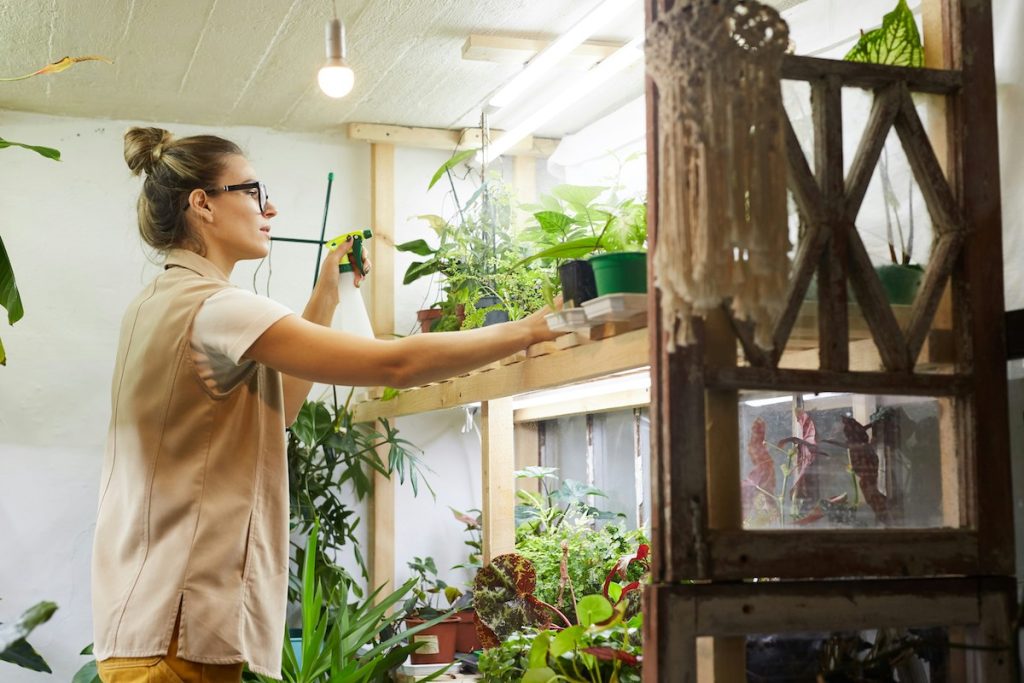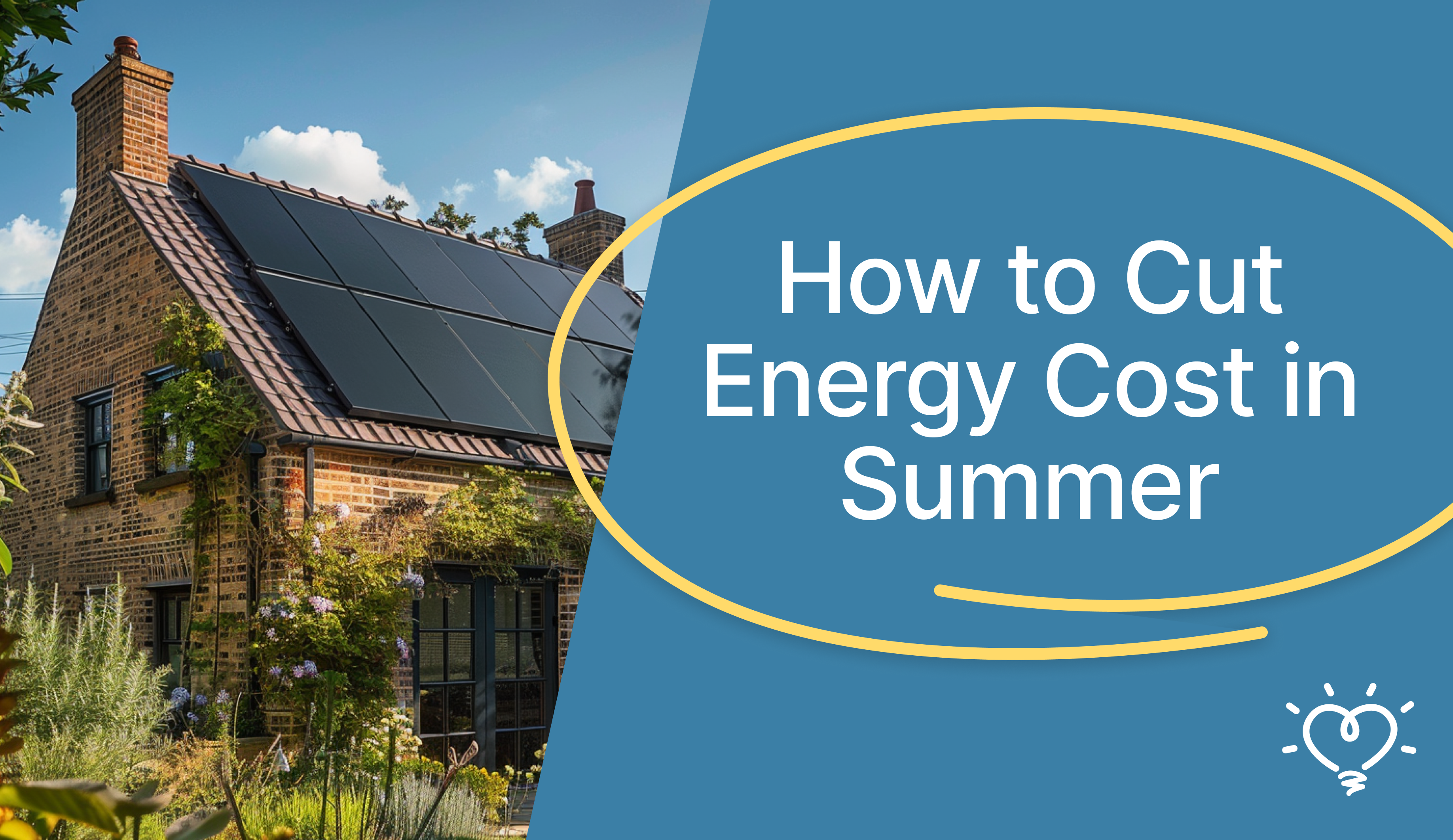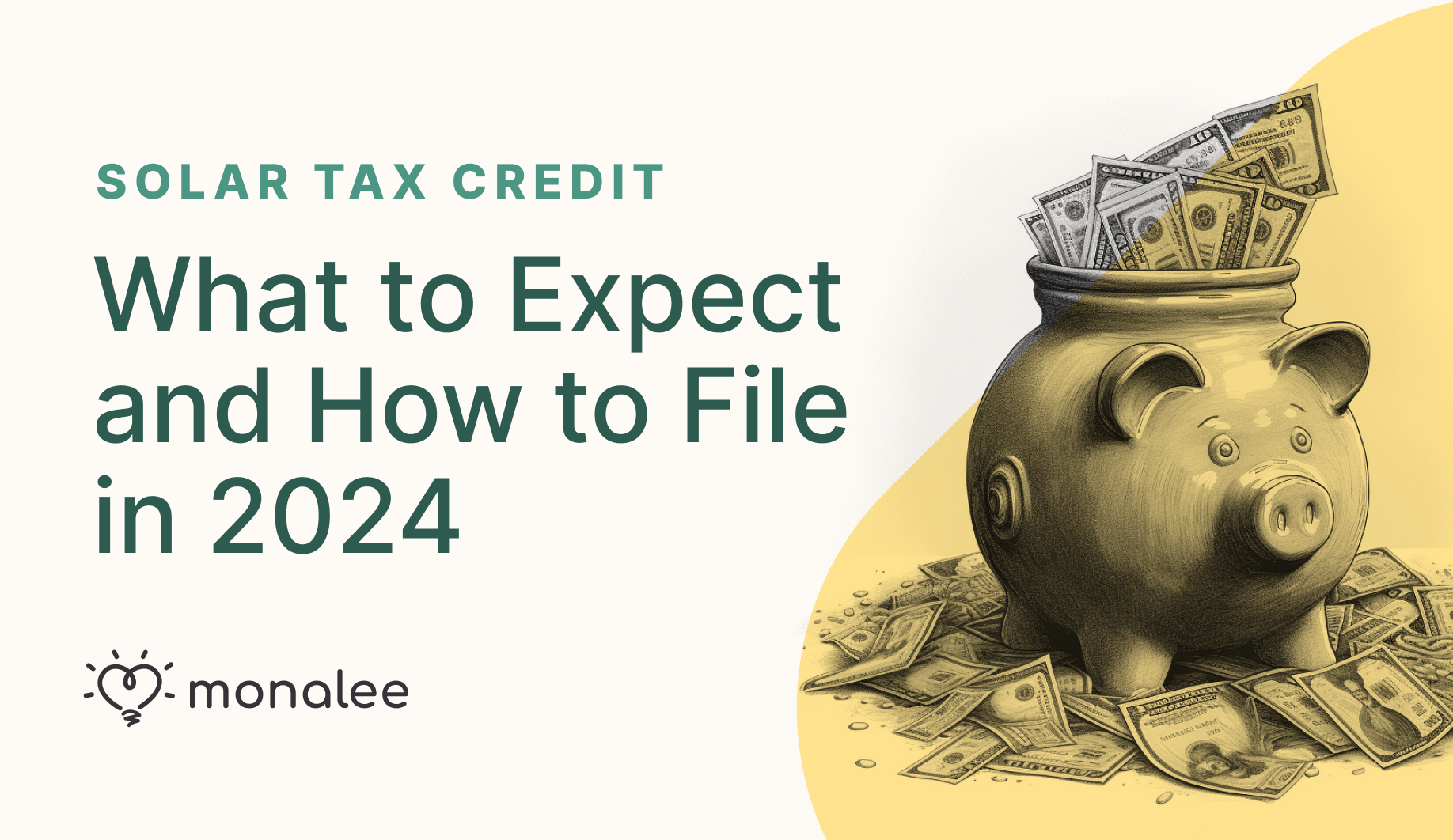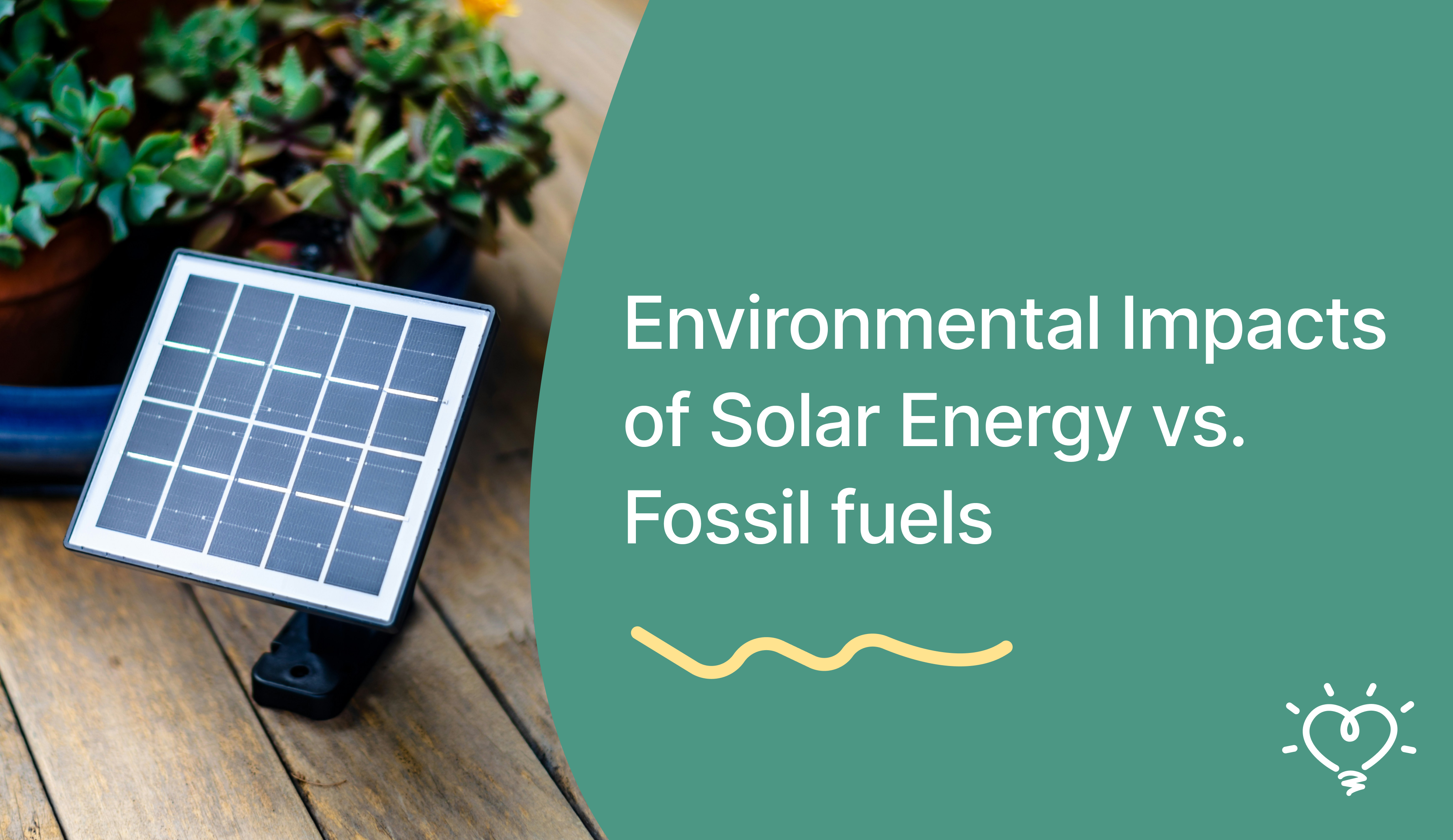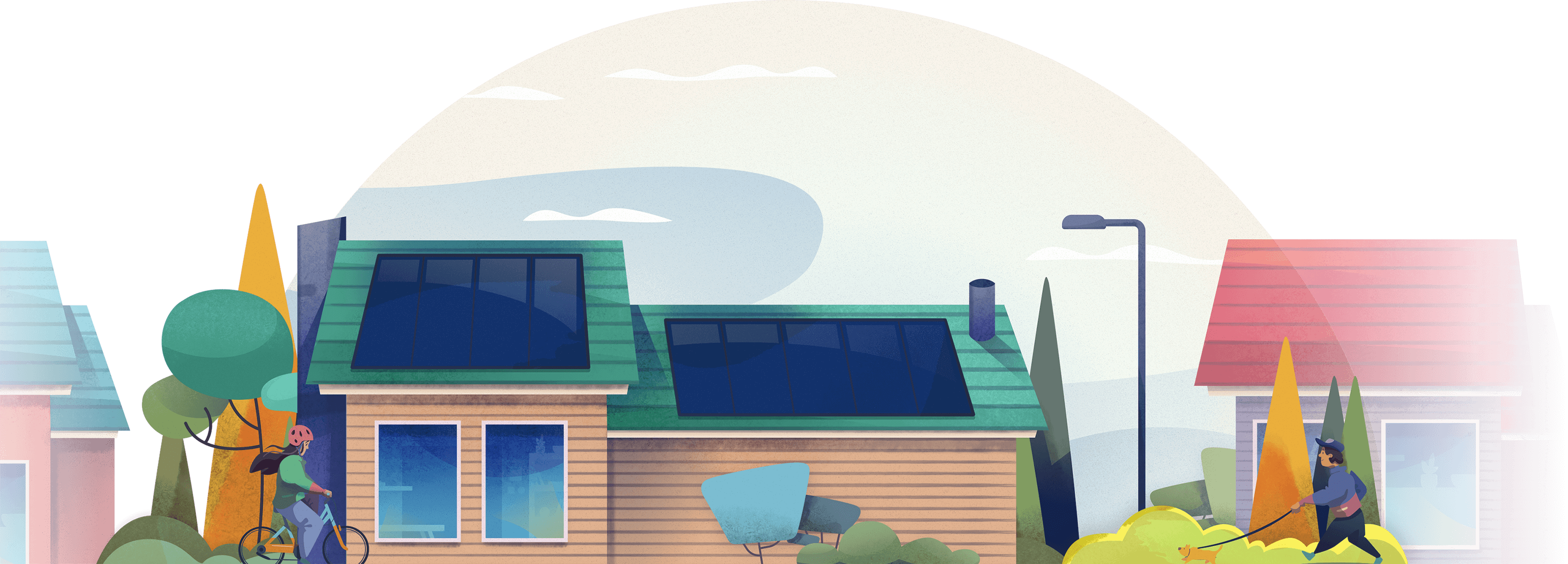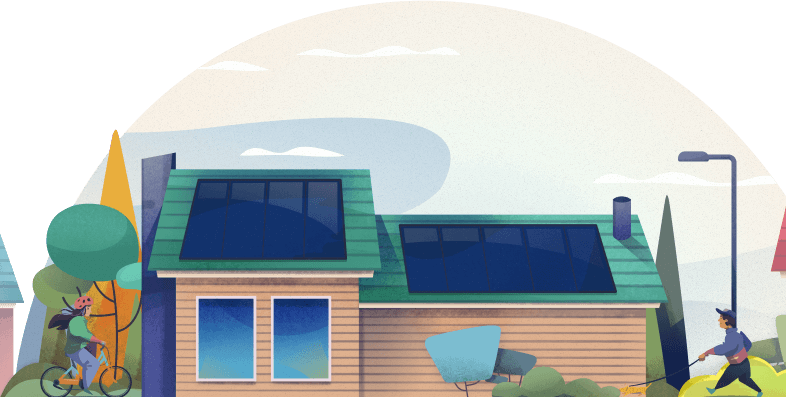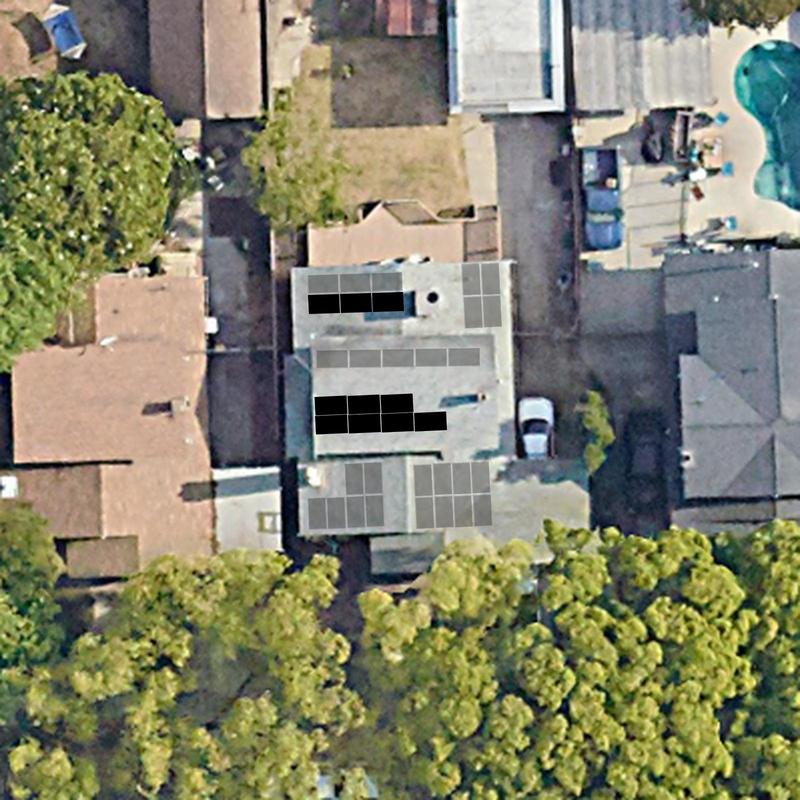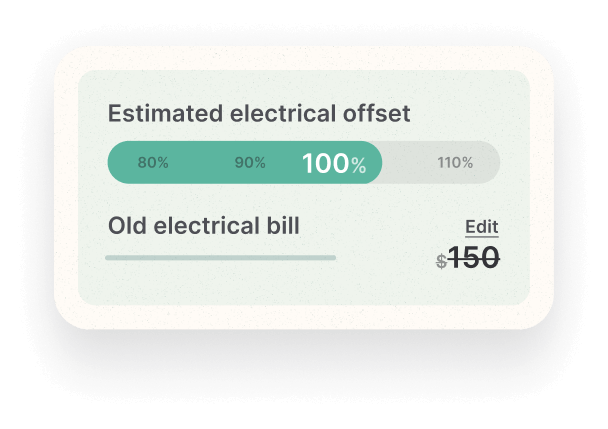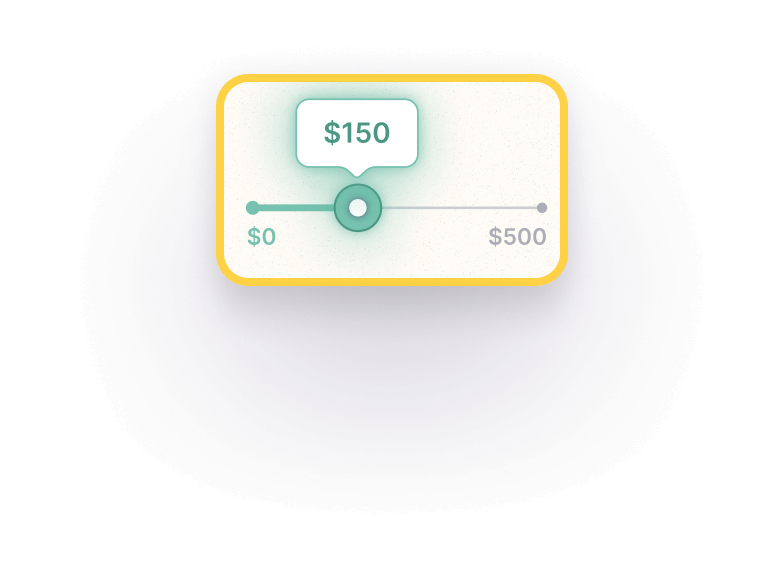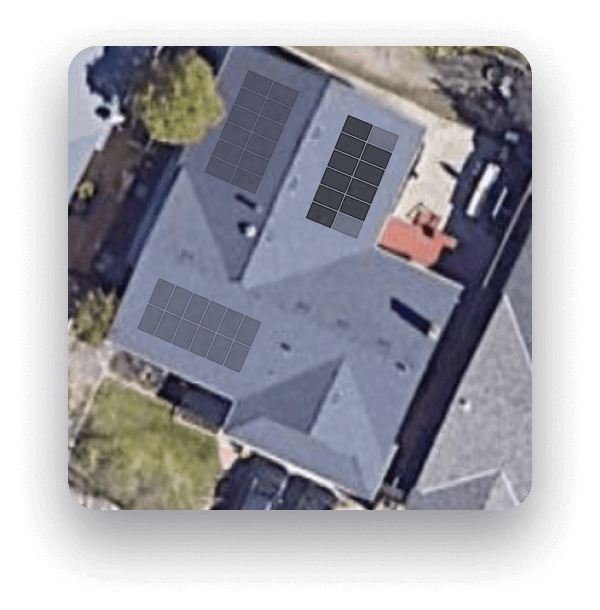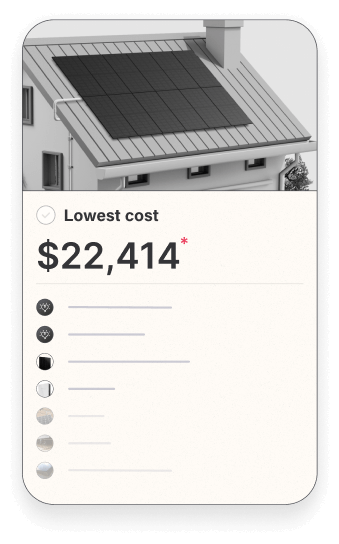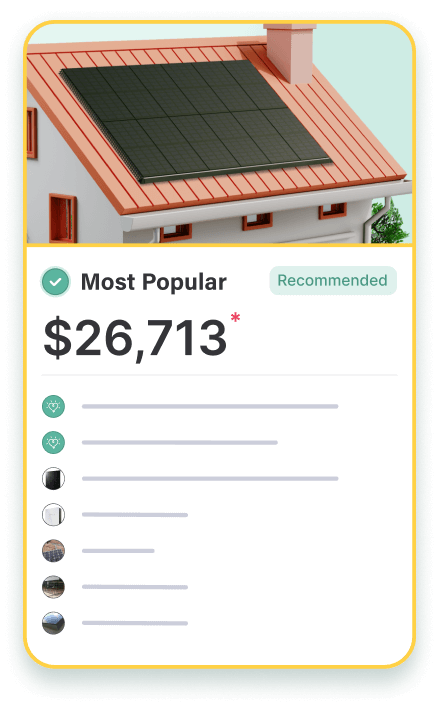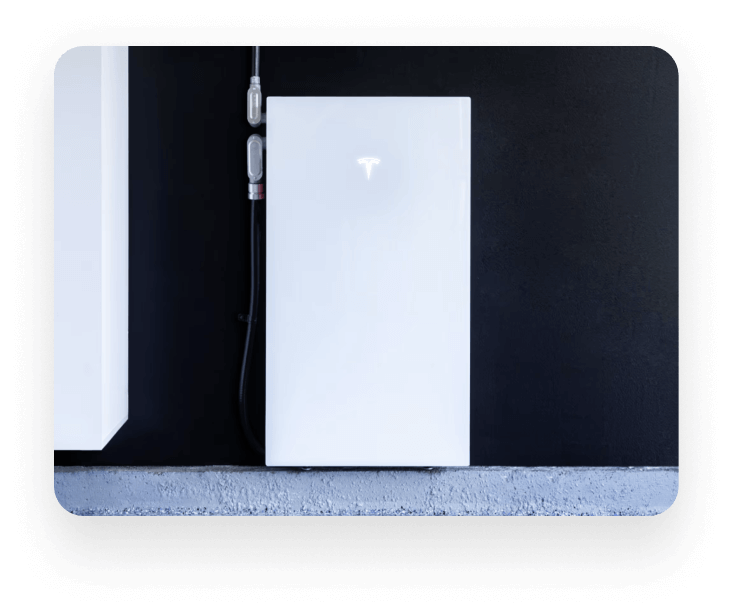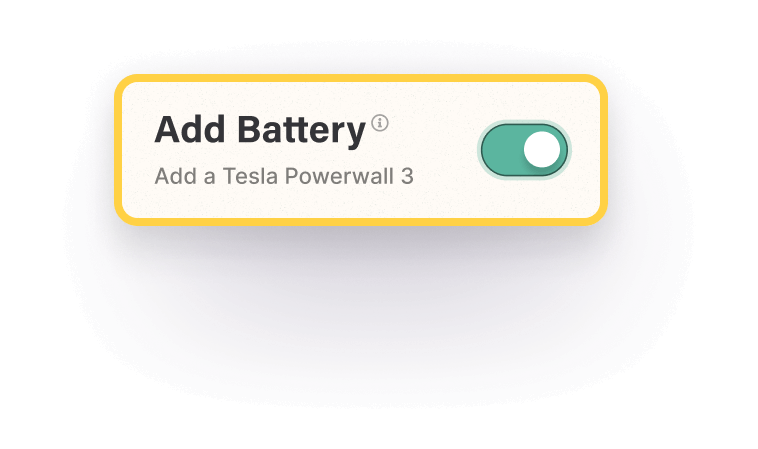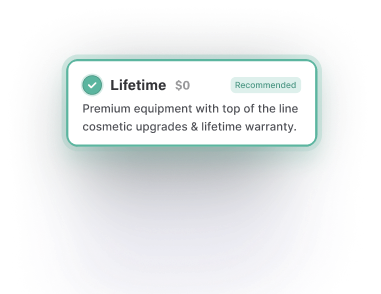From cutting back on hot showers to switching to LED lighting, here are 9 energy-saving tips.
There are so many things to look forward to in summer, but higher electricity bills aren’t one of them. From switching to LED lighting to getting creative with plant placements, here are 9 ways to cut energy costs this summer.
Adjust your thermostat
First things first: take a look at your thermostat and make sure it’s not too low. Even raising it a degree or two can make a difference in how much energy you’re saving. You can also install a smart thermostat that adjusts the temperature automatically depending on the time of day or night and your personal preferences. These thermostats can also keep your house a bit warmer while you are away and then cool it down once you’re back home.
Another helpful tip is to turn down your thermostat gradually rather than all at once. Contrary to popular belief, it won’t cool your home off any quicker and might even lead to a higher electric bill later on.
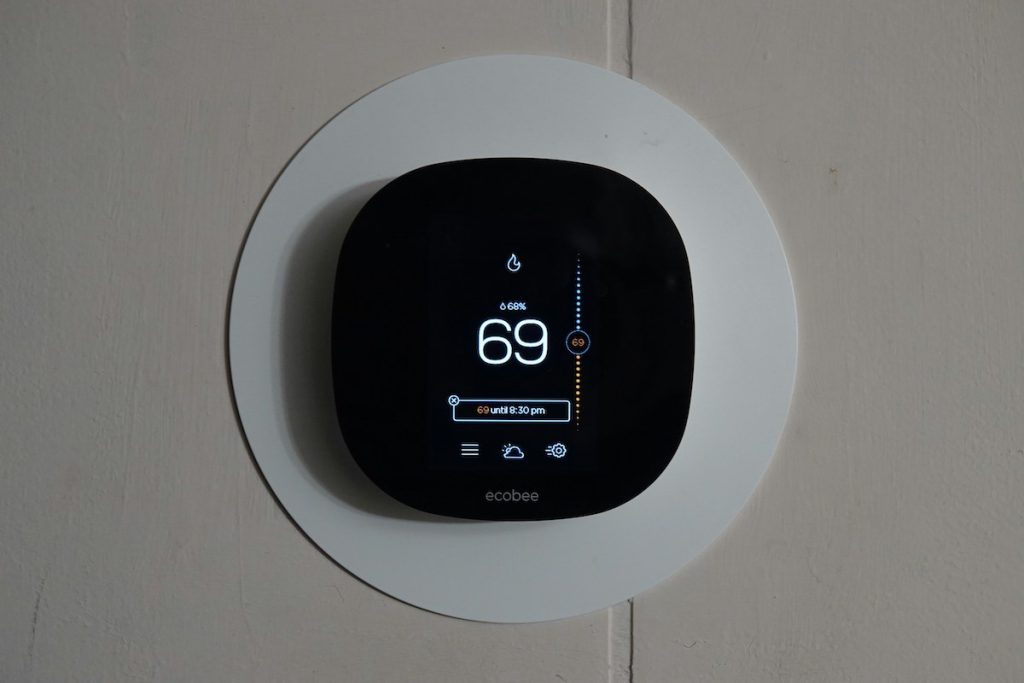
Switch to solar energy
Going solar comes with significant benefits for both homeowners and the planet. The good news is that many homeowners are already on board. In fact, as of this year, 4.2 million American households are generating their own power using solar energy, accounting for nearly 5% of all single-family homes across the country.
Some of the biggest benefits are saving money on monthly utility bills, gaining energy dependence from less (or no) reliance on the local grid, and seeing a return on your investment in just a few years. At Monalee, we’re able to leverage advanced machine learning to cut soft costs of going solar by up to 50-percent.
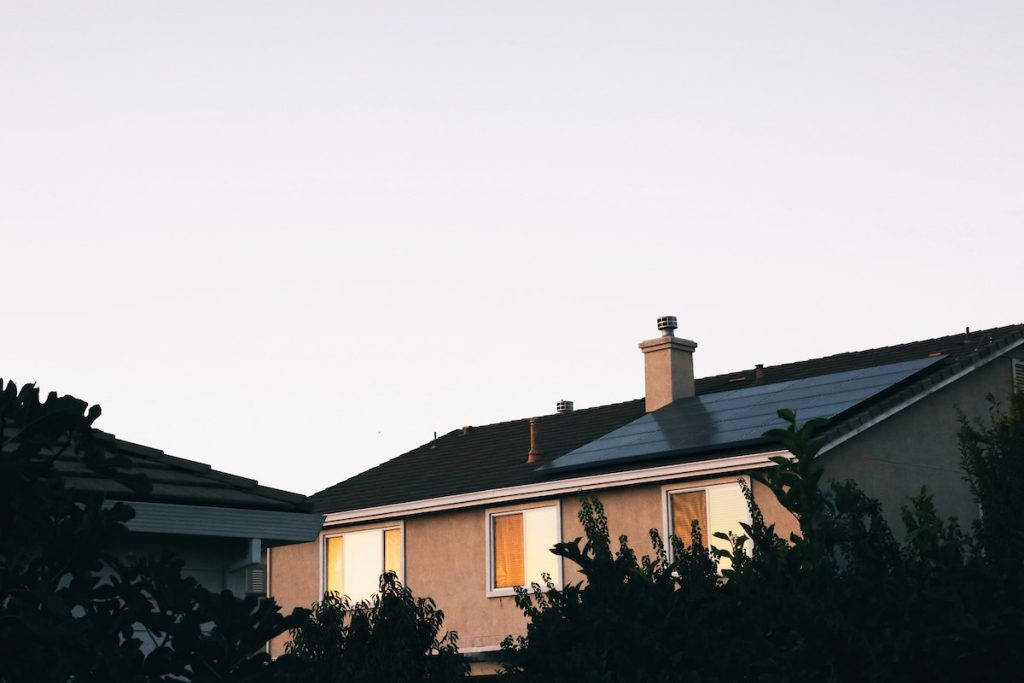
Cut back on hot showers
Lowering the water heater temperature while you shower is a great way to cut down on energy consumption. Considering that it’s already hot outside, you might already be turning down the dial without realizing it. Lowering the water temperature between 10–20°F saves up to 10% on energy costs.
If you’re guilty of taking long, hot showers a thermostatic shut-off valve might be a smart investment. These devices reduce water flow when the water gets to a certain temperature. Alternatively, a WaterSense labeled shower head can save more than 330 kilowatt-hours (kWh) of electricity per year.
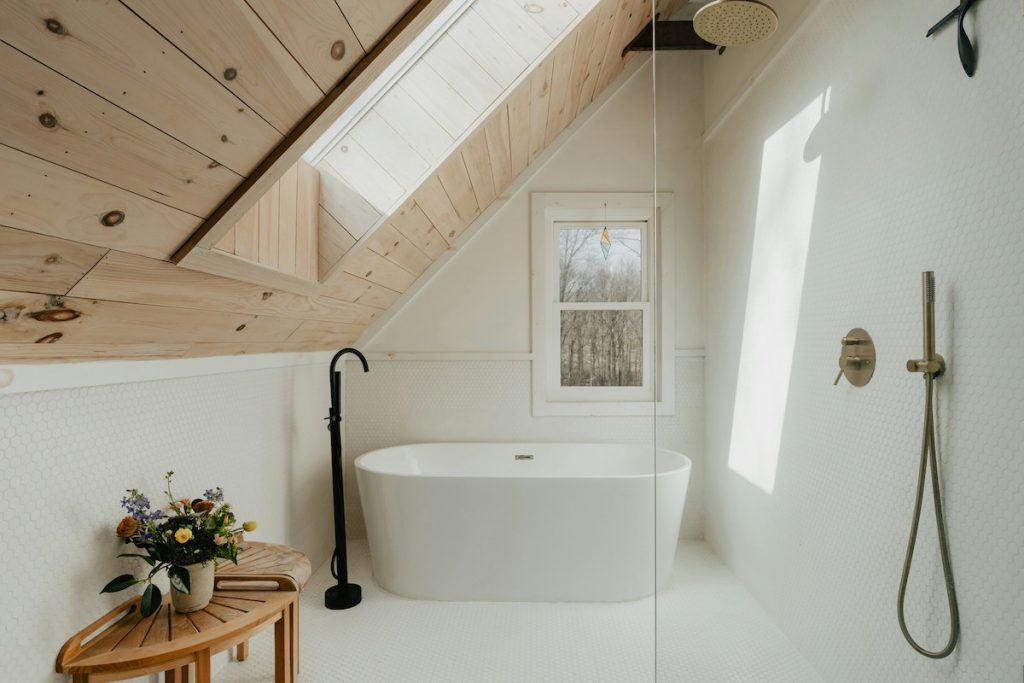
Turn lights off when you leave the room
Before you turn on all the lights in your house, consider whether it’s really necessary. If your home has a lot of windows, you’re probably already getting a good amount of natural light. Plus, incandescent and halogen light bulbs actually make rooms warmer because they create light through heat. If you do turn the lights on during the day, consider lowering the wattage of the bulb. For example, if your lights usually use 100 watt bulbs, replace them with 60 watt bulbs.
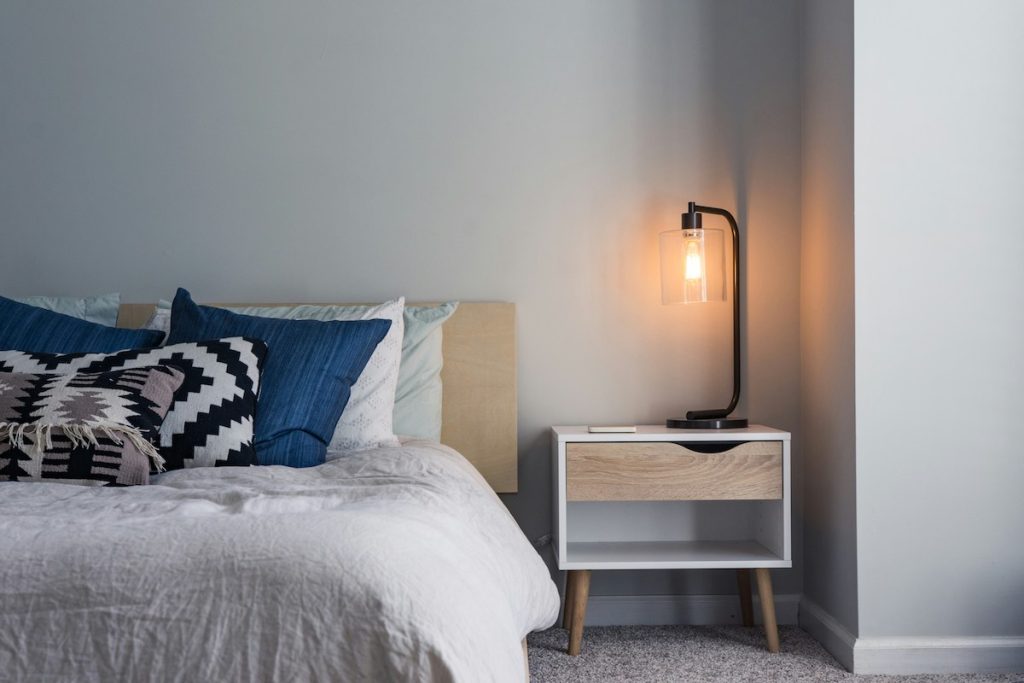
Switch to LED light bulbs
This is an easy fix and one that will make a big difference in your monthly utility bill amount. While they look nearly identical, LED light bulbs actually use about 80% less energy than incandescent bulbs and are much better for the environment. This means that only about 20% of energy is wasted during the process of converting electrical energy into light.
LED lights also have a longer life than other types of lights. Unlike standard light bulbs that stop working from one day to the next, LED lights become less bright over a long period of time. They won’t burn out but rather, will emit lower output levels.
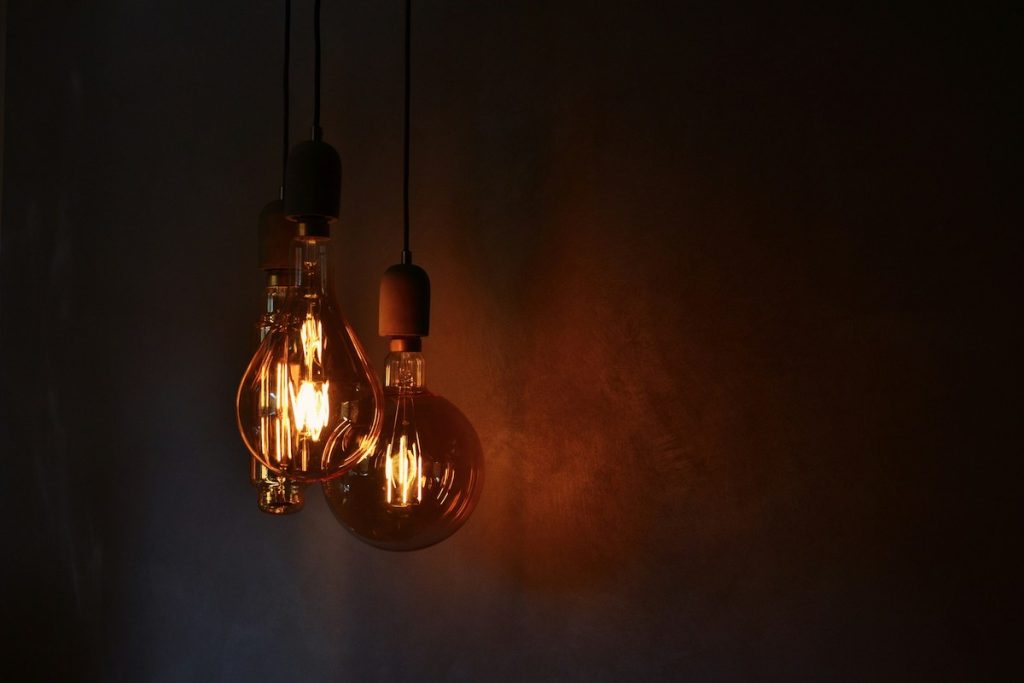
Seal up cracks and other openings around your house
Many homes contain cracks and other small openings that make it easy for hot air to creep in. You’ll usually find these cracks around doors and windows, so start your search there. They’re not always easy to spot, so one way to investigate is to walk around with a lit candle and see if the flame flickers. That’s usually a telltale sign that air is escaping.

Start using ventilation fans
While it’s tempting to run the air conditioner 24/7 in the summer months, you’ll definitely pay for it later. If you have ceiling fans in your home, make sure to turn them off when you’re not using the room. When taking a shower, open the window to get some natural ventilation or switch on the bathroom fan to remove any heat or humidity.
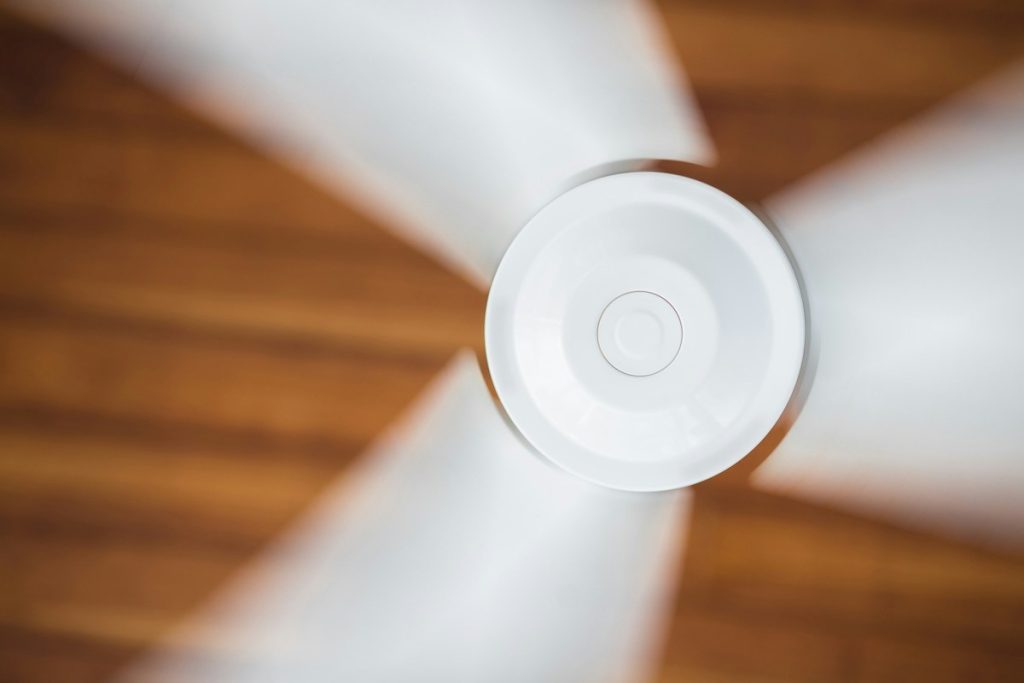
Update or replace faulty appliances
Purchasing new appliances can be pricey, but sometimes it’s worth the investment. Ahead of summer, make an appointment to have your air conditioning checked to ensure that it’s working properly and still running efficiently. If your budget allows, consider phasing out old or outdated appliances and upgrading to more energy-efficient models.
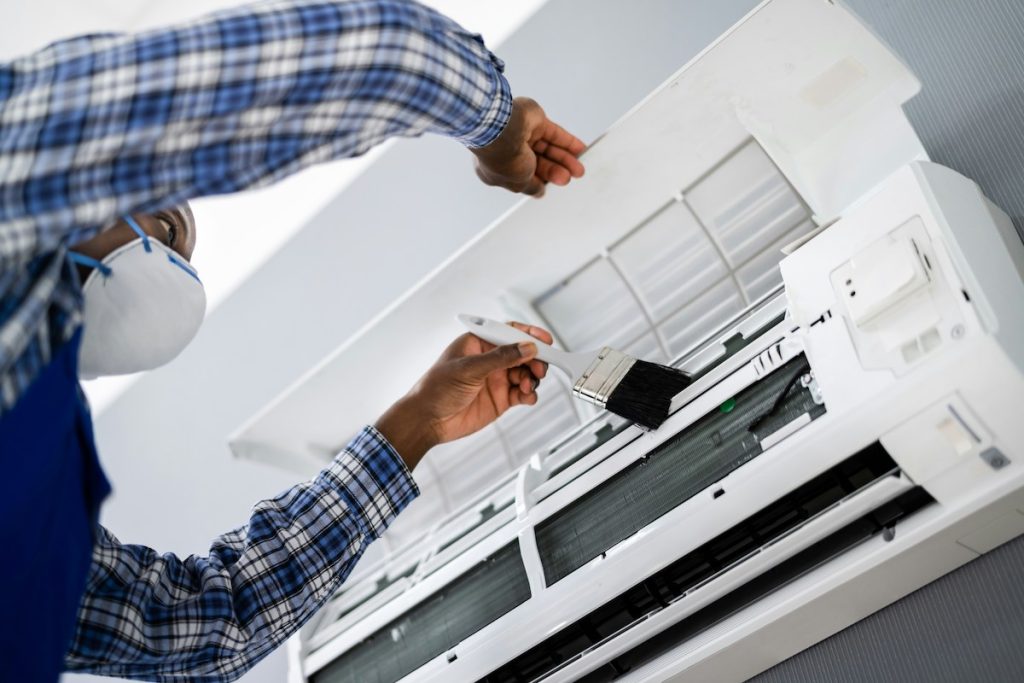
Get creative with plant placements
If you happen to have a lot of plants around the house or in an outdoor garden, think about repositioning them to provide a bit of shade on hot summer days. Plants such as roses and lilies are considered ‘cooling plants’ and work to keep your home on the cooler side. These plants actually absorb sunlight and then convert that energy into heat, which then cools your home off during the day.
You can also place potted plants on windowsills that regularly receive a lot of sunlight. It creates a bit of cooling and shade for you, and lots of sun for them.
